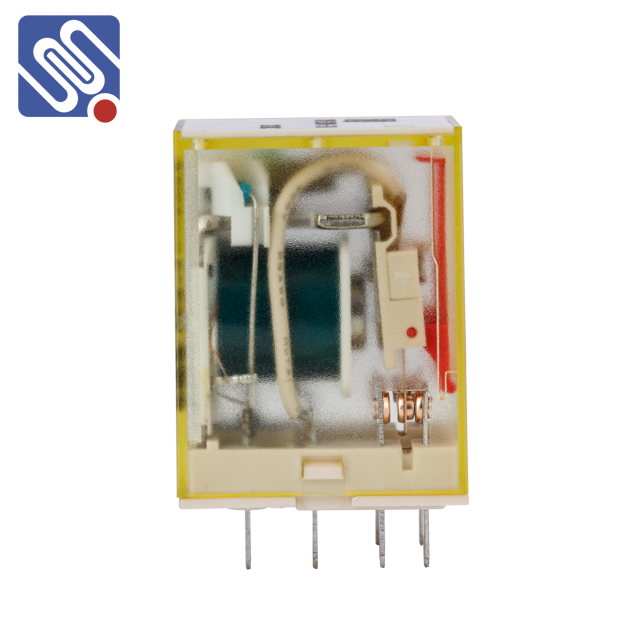industrial relay: the backbone of modern automation systems
Release time:2025-10-17 07:44:37
Industrial relays are pivotal components in the realm of electrical engineering and automation. These devices act as electrical switches that enable one circuit to control the operation of another, especially in environments where high-voltage systems are involved. Their ability to provide isolation between different parts of a system, as well as their versatile applications, makes them a crucial element in various industries ranging from manufacturing to power distribution. This article explores the core functionality, types, applications, and key specifications of industrial relays.

What is an Industrial Relay?
An industrial relay is an electromechanical device that uses an electromagnetic coil to control a switch. When a small control current is applied to the coil, it generates a magnetic field that pulls a set of contacts together or separates them. These contacts can then control a larger load, enabling the relay to switch high-current circuits using low-power control signals. This functionality is indispensable in industrial settings where the automation of electrical systems is required.
Core Functionality of Industrial Relays
The primary role of an industrial relay is to act as a switch between circuits. These relays can be designed to either open or close contacts in response to a control signal. For instance, in a manufacturing plant, an industrial relay might be used to control the operation of a motor, turning it on or off based on a signal from a programmable logic controller (PLC).

